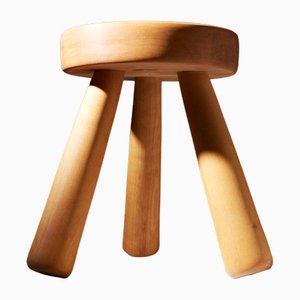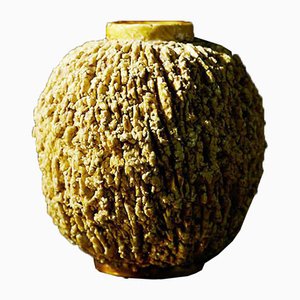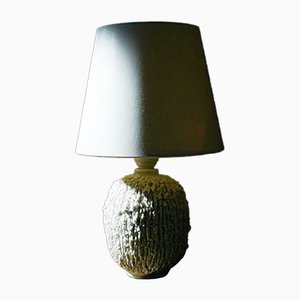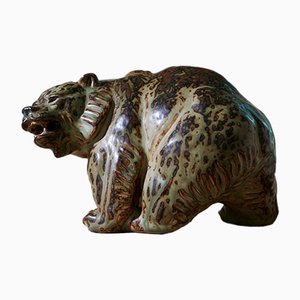Solicitud de presupuesto de envío
Calcularemos el precio del envío tan pronto como recibamos tu pedido.
Solicitud de presupuesto de envío
Calcularemos el precio del envío tan pronto como recibamos tu pedido.
También te podría gustar
Productos patrocinados
Frascos modelo Neverrino atribuidos a Gae Aulenti para Vistosi, años 80

Jarrón Moorcraft vintage grande, 1925

Jarrón Sommerso vintage de cristal de Murano morado de Poli para Seguso, años 50

Jarrón vintage de Ercole Barovier, años 60

Más productos de este distribuidor
Figura de oso koala de porcelana de Copenhagen B&G

Taburete de pino de Ingvar Hildingsson, 1972

Lámparas de cristal de Murano. Juego de 2

Sello de Gunnar Nylund para Rörstrand

Lámparas de mesa Pileino de Gae Aulenti para Artemide, 1972. Juego de 2

Jarrón Chamotte de Gunnar Nylund para Rörstrand

Banco Trybo de pino de Edvin Helseth, 1963

Lámpara de mesa Chamotte de Gunnar Nylund para Rörstrand

Oso de Knud Kyhn para Royal Copenhagen

Sin título de Bernd Koberling

Taburetes de abedul de Antti Nurmesniemi. Juego de 2

Banco de equipaje de Hotel Baglioni, años 40

Lámpara de mesa Chamotte de Gunnar Nylund para Rörstrand

Silla X de P. Hvidt & O. Mølgaard-Nielsen

Banco al estilo de Emilio Lancia, años 30

Lámpara de pie de Stilnovo, años 50

Fish de Fratelli Mannelli

Jarrón de suelo de Ewald Dahlskog para Bo Fajans

Escritorio modelo Nd 93 de Nanna Ditzel para Søren Willadsen Møbelfabrik

Mesa de centro de Otto Færge

Más productos
Contacta con nosotros
Haz una oferta
¡Hemos notado que eres nuevo en Pamono!
Por favor, acepta los Términos y condiciones y nuestra Política de privacidad
Contacta con nosotros
Haz una oferta
¡Ya casi está!
Para seguir la conversación en la plataforma, por favor completa el registro. Para proceder con tu oferta en la plataforma, por favor completa el registro.Exitoso
Gracias por tu consulta, alguien de nuestro equipo se pondrá en contacto contigo en breve.
Si eres profesional del diseño, por favor solicita aquí los beneficios del Programa comercial de Pamono